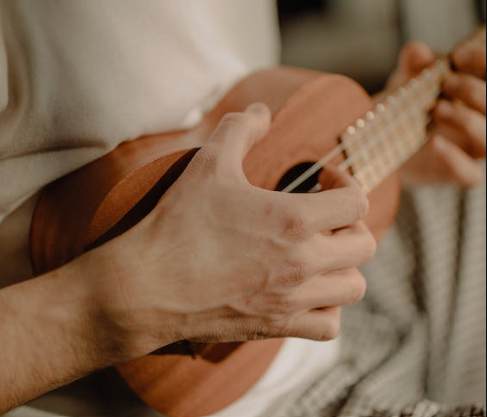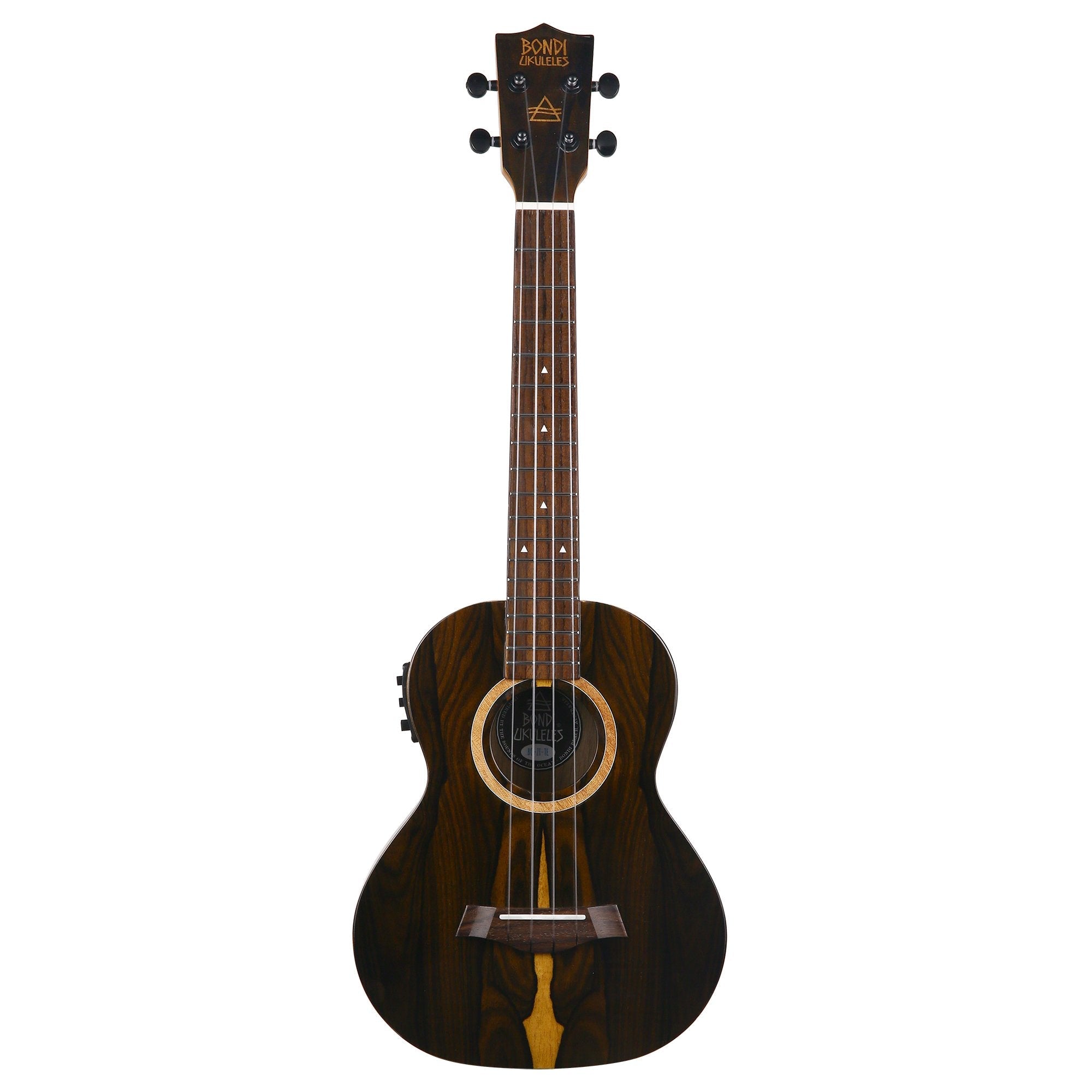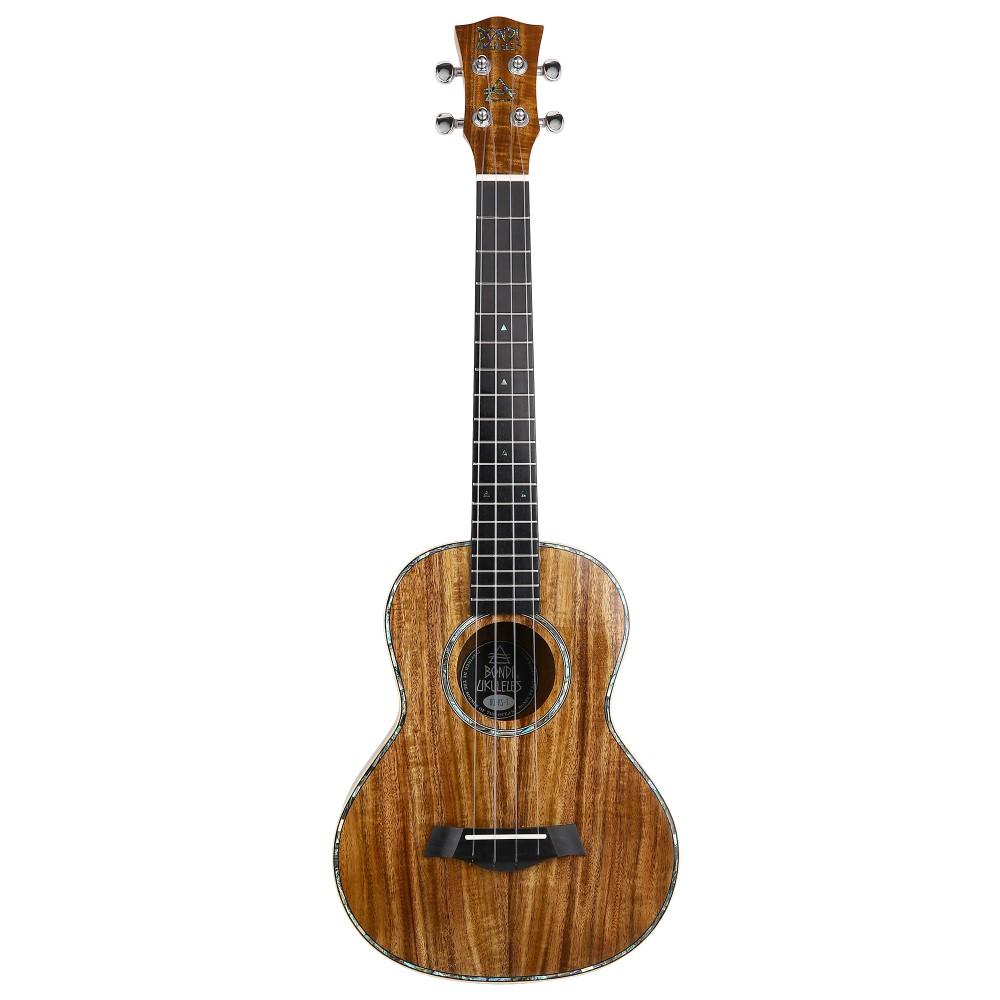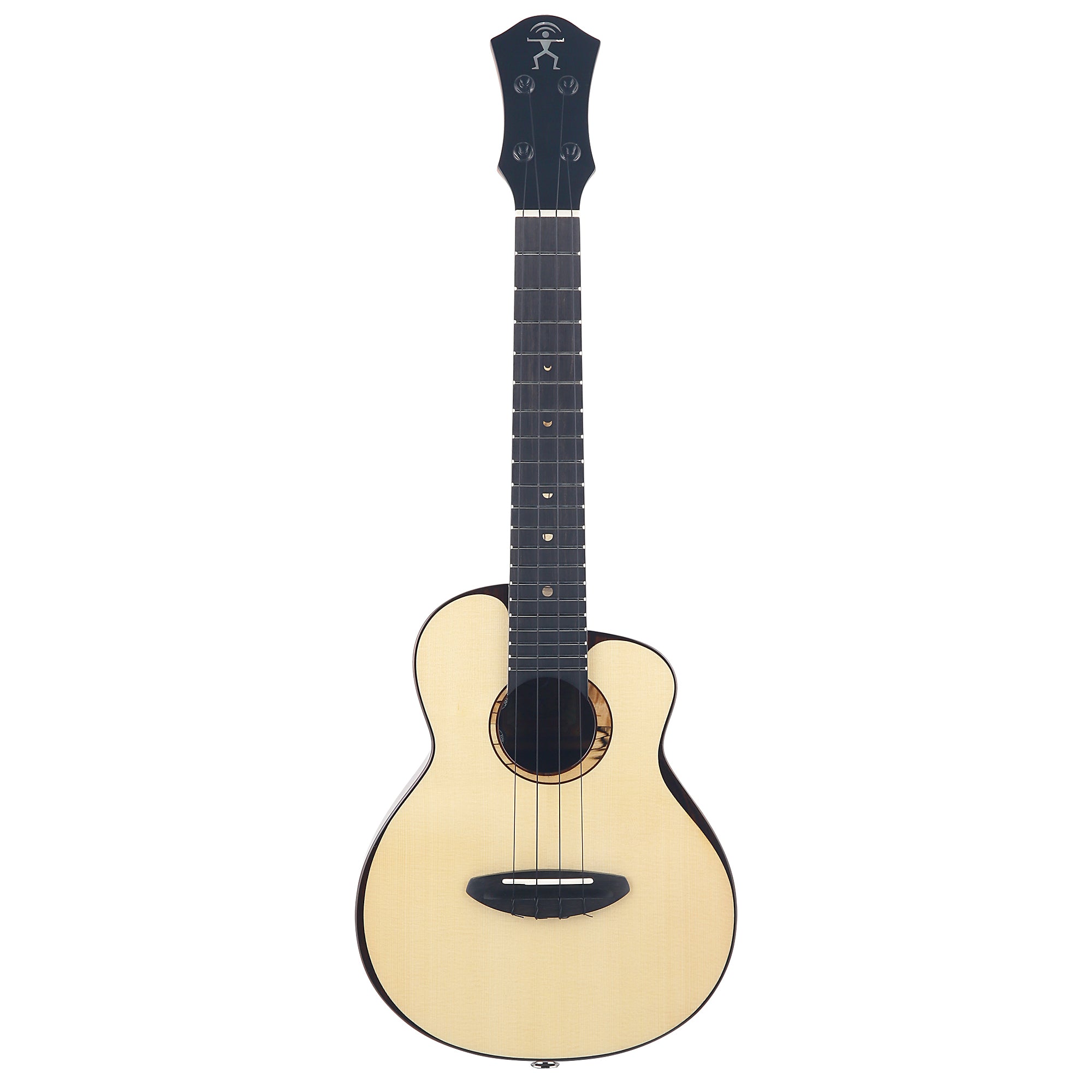Can You Play Ukulele With Long Nails? What You Need To Know.

Are you a ukulele player who also has long nails? You may have heard that playing the uke with longer claws isn't possible.
But don't despair just yet!
Believe it or not, there are ways of keeping your manicure intact while still being able to strum away at your favourite instrument.
Beginners and experienced ukulele players sometimes ask this question, “Can I Play Ukulele With Long Nails?” Continue reading, and we will address this...
In this article, we'll provide tips on how you can make sure those long nails (or whatever nail style you prefer) won't stop you from continuing to play the ukulele. So take out your instrument and let's get started—it's time to rock those beautiful digits!
Fingerpicking vs. Strumming
One of the first things to consider when playing the ukulele with long nails is your playing style. If you prefer fingerpicking, you'll need to slightly modify your technique to account for your long nails.
Instead of using the pads of your fingers to pick the strings, you can use the tips of your nails. This will allow you to play with more precision and control without worrying about your nails getting in the way.
On the other hand, if you prefer strumming, you may find that your long nails get in the way of your playing. In this case, you can try using a felt pick or a plastic pick to strum the strings instead. This will allow you to maintain your preferred playing style without sacrificing your long nails.
Nail Care
An essential part of playing the ukulele with long nails is looking after them properly, and it's worth investing time in this if you're serious about mastering the instrument! That means no more biting or picking at your nails; keep those claws clean, trimmed, and hydrated for optimal performance.

In order to keep your nails in top condition, you can also use specific nail conditioners and strengtheners. You won't have to worry about your nails breaking or getting in the way of your playing the ukulele if you take good care of them.
Choosing the Right Ukulele
If you're planning to strum away on the ukulele with long nails, then choosing the right instrument is key! Going for a soprano or concert may work against your nail length. Instead, consider going big - grab yourself a tenor or baritone model and get ready to jam out without worrying about limited fret spacing cramping up your style.
Also, keep an eye (and finger) open for ukuleles with wider necks that'll give extra roomy flexibility when playing those tunes!
Should You Trim Your Nails Or Not?
In addition to the things we've already mentioned, some beginners continue to worry about whether they should trim their nails. Let’s address that once and for all.
Let's tackle that pesky question: to cut or not to cut? Whether you're a seasoned musician or just starting, it can be tricky deciding what should happen with your nails. No worries—let's get some clarity on this topic once and for all!
Do I Need To Cut My Nails To Play The Ukulele?
When it comes to playing the ukulele, having long nails can sometimes pose a problem. Your ability to press down on the strings and produce distinct notes can be hampered, particularly if your fingernails protrude beyond the tips of your fingers. This is due to the possibility that the nails may obstruct the strings, causing them to buzz or sound muffled.
Even though cutting your nails isn't strictly necessary in order to play the ukulele, many players do so in order to avoid these problems and get a better sound.
Ultimately, it comes down to personal preference and what feels most comfortable for you as a player.
How Long Should Your Nails Be To Play The Ukulele?
To get the perfect ukulele strum, you want your nails to just barely hang over your fingertips. Any longer, and they risk getting snagged in everyday tasks like opening a jar or typing on a keyboard! I
t might take some trial and error before finding that sweet spot, but once you do, there will be no stopping those smooth tunes from coming out of your instrument!
Long Nails on the Fretting Hand And Strumming Hand: Good or Bad?
Fretting Hand
When it comes to playing the strings, having shorter fingernails on your fretting hand can be a major advantage! Having more control over each note and chord is key to producing a clear sound. Make sure you're pushing down with finger pads for optimum pressure; this will help bring out all of those beautiful melodies.
Strumming Hand
Ukulele Players know that the key to great strumming lies in their fingernails! Choosing how long yours should be is all down to personal preference - whether you want them on every finger or just a few depends on your style.
Growing longer nails can definitely add extra depth and expression when playing, so it's worth experimenting with different lengths until you find what works for you.
Strum on! Ukulele players know that the difference between a down strum and an up strum can create all sorts of sweet sounds. That's because your fingernails make contact with strings when you're going downward, while softer fleshy parts of your fingers come into play during upward strokes, resulting in beautiful "LOUDs" and "Softs."
And if you've got longer nails?
You'll hear even more varied levels of volume and tone as they ring out over each chord. Time to start picking those tunes!
If you've ever marvelled at the intricate finger-picking in guitar or banjo solos, chances are it was made possible with long nails. Finger picks and classical guitarists' manicures can add a ton of complexity to picking patterns - allowing individual strings to be plucked more precisely so they come together like musical magic!
How Do You Strum A Ukulele Without Hurting Your Nails?
Strumming a ukulele can be a lot of fun, but it can also be a challenge if you don't want to damage your nails. Fortunately, there are several techniques you can use to strum without hurting your nails.
First, consider using a felt or foam pick. These materials are soft and won't damage your nails. You can purchase these picks at a music store or make your own by cutting a small piece of felt or foam to the desired size and shape.
Another technique is to strum with the fleshy part of your fingertips instead of your nails. This may take some practice, but it can be a good alternative to using a pick.
If you prefer to use your nails to strum, make sure they are well-maintained. Trim them regularly and file them smoothly to prevent any snags or rough edges. You can also apply a nail strengthener or protective coating to help prevent breakage.

Ultimately, the key to strumming without hurting your nails is to find a technique that works for you and to take good care of your nails. With some practice and patience, you can enjoy playing the ukulele without worrying about damaging your nails.
When it comes to playing the ukulele, there's a whole world of sound at your fingertips. If you like loud and bright strums, opt for long nails; if mellow vibes are more your style, short ones will do the trick! You can pick whichever suits you best; just be prepared for one hand with extra-long claws!
CONCLUSION
All in all, playing the ukulele with long nails is completely attainable if you follow the right advice and techniques. Not only will it put your mind at ease and keep your nails healthy, but it'll help you play to the best of your abilities too! It's important to remember that everyone's style is unique and different, so experiment with what works for you.
Experimentation can be lots of fun and also helps boost your confidence! Whether you choose short or long nails when you play, make sure to take good care of them; proper nail care will keep them looking gorgeous and ensure that they’re prepped for playing.
We hope these tips have been helpful as you navigate your way around the ukulele world with long nails. Which one do you prefer, a long or short nail? Let us know in the comments below.
 Lifetime Warranty
Lifetime Warranty  60 Day Returns Policy
60 Day Returns Policy 1-2 Day Delivery
1-2 Day Delivery 

































Leave a comment